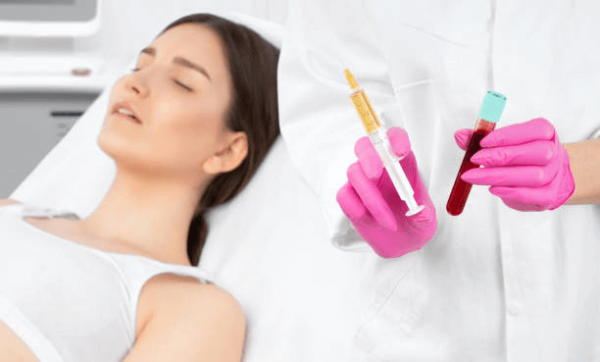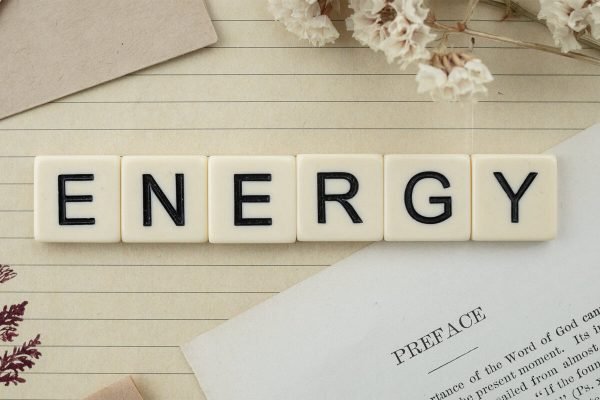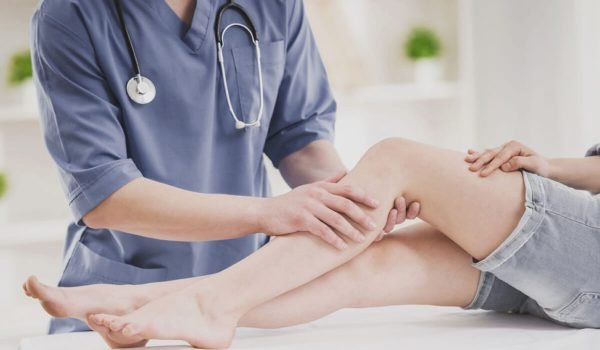When skin is stretched too fast, it causes the connective tissues that support the skin, collagen and elastin fibers, to rupture and leave a mark. As the skin heals, it forms scars, or what we know as stretch marks. Some of them may gradually become less noticeable with time, but some may be present forever. Luckily There’s Good News!
Table of Contents
STRETCH MARKS TREATMENT: WHAT IS IT?
The Stretch Marks Treatment utilizes the method of controlled micro-abrasions. Each individual stretch mark is precisely penetrated while being infused with a specially formulated compound of organic oils and vitamins. This leads to improved fibroblast cellular turnover and the production of new collagen and elastin proteins.
As a result skin within the stretch mark is rejuvenated, reconstructed, and smoothed out with improved pigment tone to match the surrounding healthy skin tone.
Downtime: little to none. Most patients resume working the same or the next day.
Treatment time: 1 hour or more, it depends on the treated area.
Pain level: mild to moderate.
Individual results: may vary.
The number of sessions: may vary. While desired results may be achieved after one session for some, several sessions may be needed for others.
Stretch Mark Removal Before Treatment: What You Need To Know
Before the treatment we recommend wearing loose clean clothes, do apply any lotion to the area desired for treatment.
Right after the procedure, the treated skin tends to be red, raised, swollen, itchy and inflamed. These symptoms are due to intentionally created trauma, totally normal and to be expected. It will subside in 3-4 days. Once redness clears away, the pigmented healing stage will begin, and stretch marks may become darker than the color of the skin. It will fade out around weeks 4-6 and start to match the healthy skin tone. Final results can be seen as early as 30-60 days, which depends on the individual ability to heal. Results vary for each person.

Stretch Mark Removal After Treatment: What You Need To Know
First three days after appointment:
– Do not exercise
– Do not wash the treated area with the soap on the first and second day.
On day 3 you can start using soap, preferably an antiseptic one. Frequent cleaning prevents infections.
– Do not use scented bar soaps to clean the area to prevent the incidence of allergies. – If the treated area will be itching, apply A&D ointment more often, please do not scratch the treated area.
– Do not remove the scab at all times.
In the first 7 days, there might be a thin scab, do not touch it. It might fall on its own, and its function is to protect against skin infections.
First 4 weeks after appointment:
– Avoid all exposure to the sun.
– Avoid the beach, pool, and jacuzzi for 30 days (healing period) in order to avoid exposure to infections.
– Do not use body lotion on the treated area, no matter how natural your body lotion is. – Apply A&D ointment every morning.
– Apply oils every night.
The normal evolution of the Treatment
– Redness with edema, there may appear some specks of blood.
– Burning and itching, in the early days. Do not scratch.
When the edema is gone, redness might last up to 30 days (may last longer on sensitive skin). – When all redness has cleared the stretch marks may become darker than the color of the skin, it is part of the healing process. Ethnic skin is prone to pigmentation.
– The final result may occur between 30 to 60 days.
Who Should Avoid The Stretch Marks Treatment:
Pregnant and lactating women
Those prone to keloids
Those with transmittable blood conditions like HIV or Hepatitis
Those with active infection of any type (bacterial, viral, or fungal)
Those who undergo hormone replacement therapy
Those with active skin cancer on the treated area
Those who have scleroderma
Those who are undergoing chemotherapy or radiation
Those who have uncontrolled diabetes
Requires doctor approval:
Hemophilia/bleeding disorders
Blood thinner medications
Cardiac disease/abnormalities
Telangiectasia/erythema
Collagen Vascular Disease





